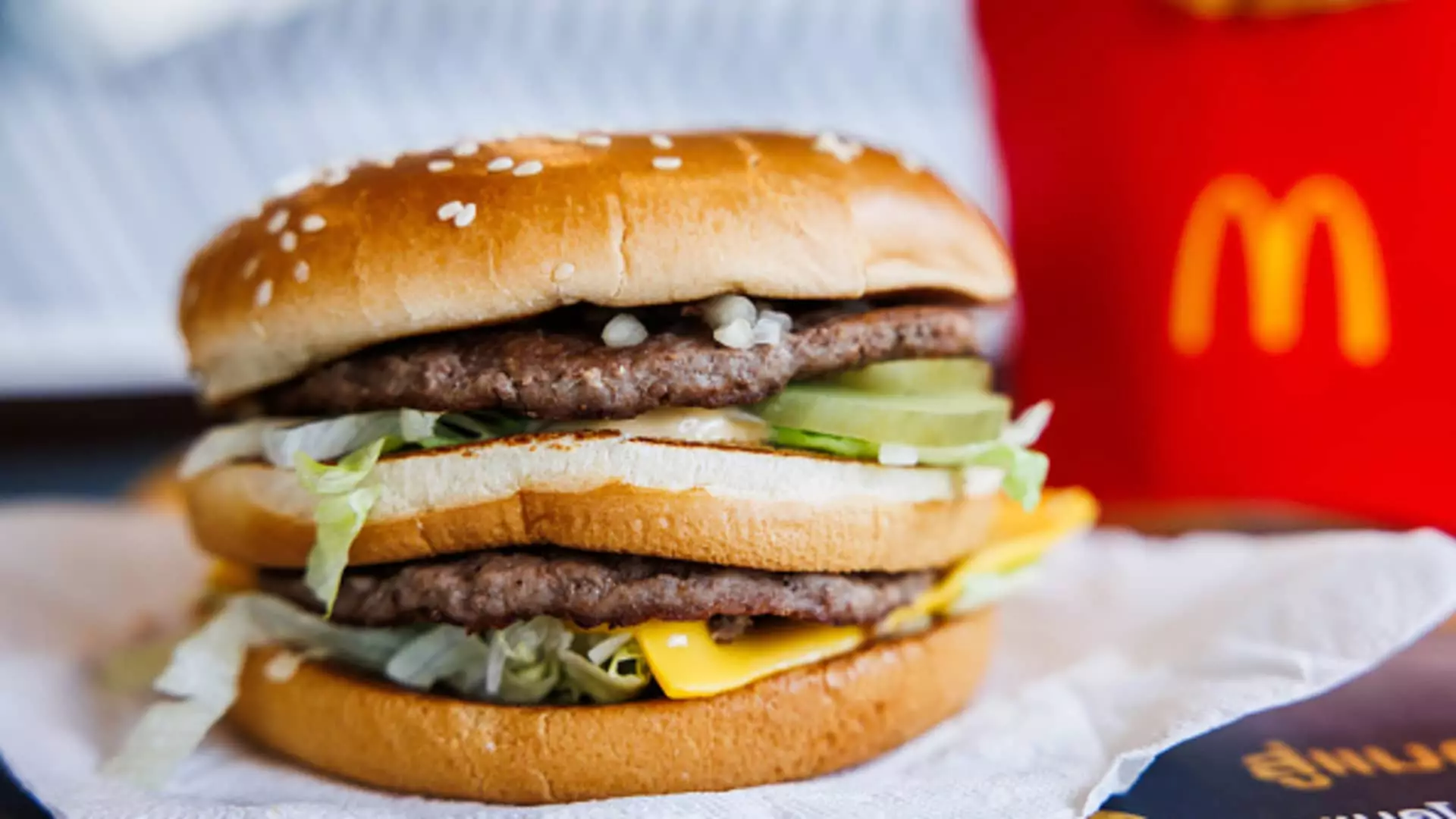McDonald’s executives recently admitted that consumers view their prices as too high, especially lower-income consumers who have been hit hard by inflation. This revelation came during the company’s second-quarter earnings call, where executives discussed the need to evaluate their pricing strategy in order to provide better value to customers.
Despite being seen as the value leader compared to competitors, McDonald’s CEO Chris Kempczinski acknowledged that the company’s value leadership gap has narrowed in recent times. This has led to a decline in same-store sales across all divisions, prompting the need for a strategic shift in pricing to regain consumer confidence.
Lack of Value Execution
The company’s executives emphasized the importance of improving value execution, particularly in major markets like the U.S. where there is room for enhancement. Consumers have been reevaluating their purchasing habits due to price increases, causing a shift in spending patterns that has affected fast-food chains, including McDonald’s.
Lower-income consumers have been particularly affected by the perceived high prices at McDonald’s, leading to a reduction in fast-food spending. However, rather than switching to other fast-food chains, these consumers have opted to eat out less frequently in various global markets. This trend signals a broader challenge in attracting price-sensitive diners.
McDonald’s U.S. President Joe Erlinger highlighted the economic pressures facing consumers, which are expected to persist in the coming quarters. In response, the company is focused on growing market share and achieving sustainable guest count-led growth by addressing pricing concerns and offering value-focused deals.
McDonald’s decision to extend its $5 value meal offering was met with positive reception, drawing in more customers and exceeding daily visit averages. The meal deal proved to be popular among lower-income consumers, showcasing the impact of affordability on brand perceptions. Despite initial success in increasing guest count, sales growth has yet to materialize.
McDonald’s has historically led on value due to its competitive advantage of purchasing at lower prices than its industry counterparts. The company’s focus on providing affordable options aligns with its brand identity and long-standing commitment to value-oriented offerings.
McDonald’s recognition of consumer price concerns and its efforts to address value perception are crucial steps in navigating the evolving fast-food landscape. By adapting pricing strategies, offering value-focused promotions, and maintaining a competitive edge in the market, the company can position itself for sustained growth and continued success.

